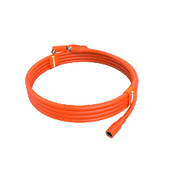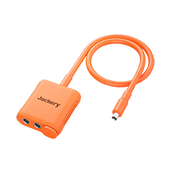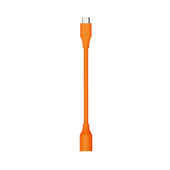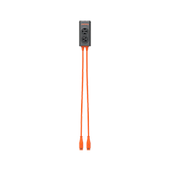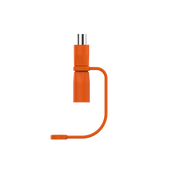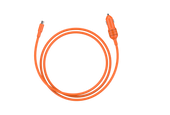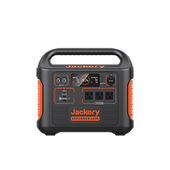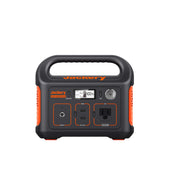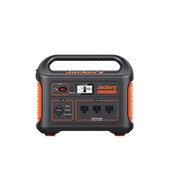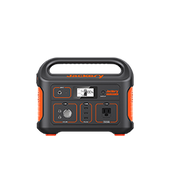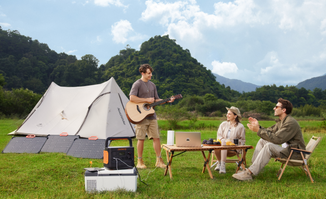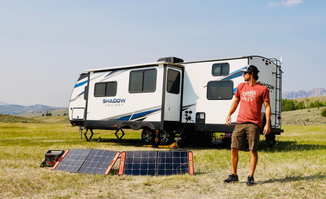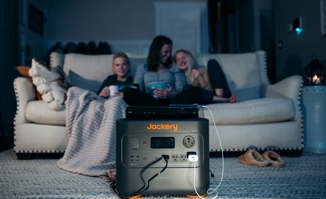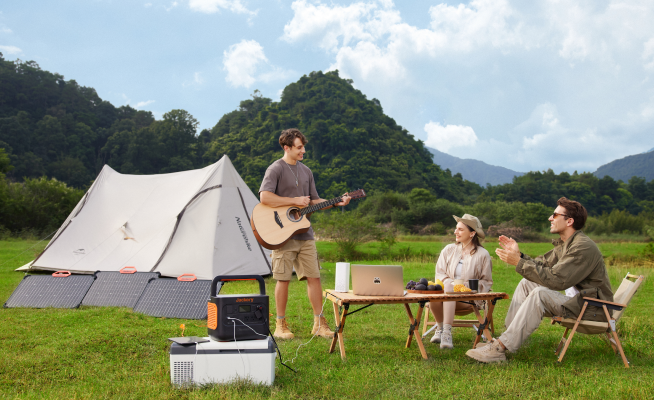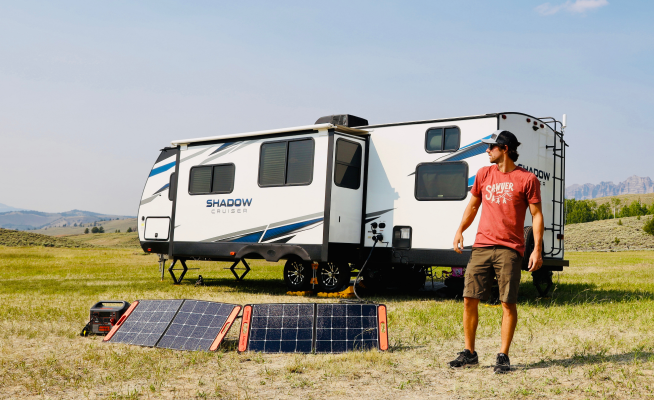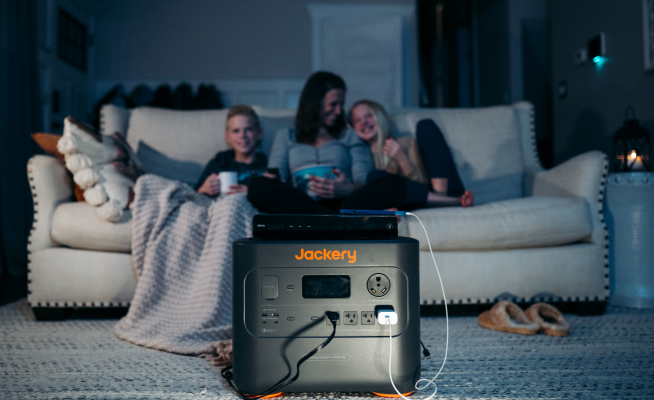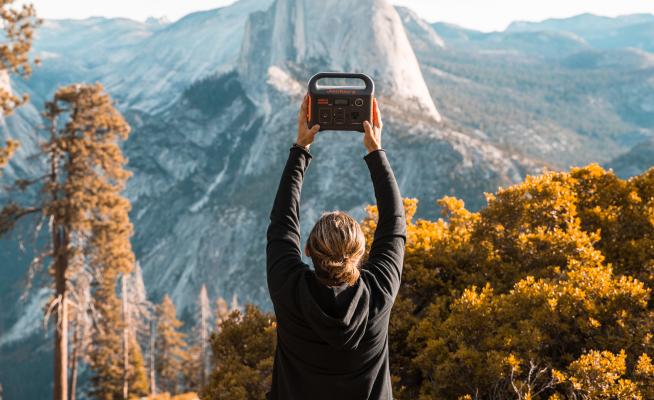How To Build A Diy Solar Generator
Are you thinking of taking an RV trip in the great outdoors, going off-grid, or ensuring you have a reliable power supply in case anything ever happens to our power grid? Then a solar power generator should be at the top of your wish list. Solar generators, often called solar energy stations, are fully-functional power grids you can carry around in a suitcase.
These generators are an excellent source of eco-friendly green energy that can effectively power all your electronic devices and systems if you set them up correctly. Numerous advantages come with setting up a solar generator as a Do-It-Yourself project. For one, you can customize your setup and be sure you’ll get all the power you need in any situation.
In this piece, we'll take a closer look at all you need to build your effective solar-generating unit.
Benefits of Building a DIY Solar Generator Kit
Aside from being one of the most environmentally-friendly energy sources, a solar generator will provide reliable, consistent power at a significantly lower cost than you would have to pay for alternative energy sources such as gas-powered generators. They are very easy to assemble and use, and setting them up on your own will give you the added benefit of knowing what to do on the rare occasion that you have any trouble with the system.
What You Need to Build a DIY Solar Generator for Home
You will need two categories of materials to build a solar power generator. These are the solar generator kit components you will need to purchase and the consumable tools and materials you already have in your garage.
Tools & Materials Needed
|
Solar Generator Kit Components |
Consumables and Tools |
|
●Solar charge controller ●Batteries ●Ventilation fan and fan controllers ●DC to AC inverter ●Buck converter ●Programming and diagnostic modules ●Input ports, switches, and outlets ●Battery maintainer ●Assorted accessories |
● Zip ties and adhesive mounts ● Assorted bolts and washers ● Assorted standard fuses ● Rubber grommet set ● Grounded power cable ● Set of battery cables ● Silicone gasket maker ● O ring kit ● Crimp terminal set ● Wire cutter and stripper ● Drill bit selection ● Power drill ● Soldering iron ● Safety goggles ● Mounting hardware |
Instructions for Assembling a DIY Solar Backup Generator
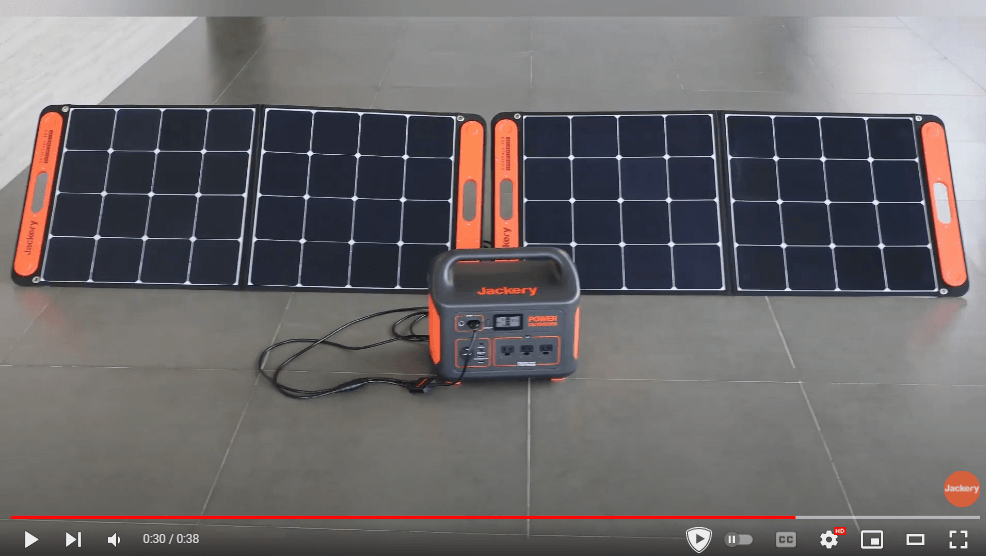
Before anything else, you'll need to figure out what generator you need. The power output of a DIY solar generator for your home does not need to be at the same level as a DIY solar generator for camping. Pay attention to the wattage and amperage of the generators available so that you are neither underpowered nor overpowered. You can choose between 2,000-watt, 3,000-watt, and 4,000-watt units.
If the video doesn't play, please visit it at YouTube.
Estimating Your Off-Grid Solar Power Needs
Now for the easy part - assembling your generator. If you have everything assembled, you will be able to carry out this process with relative ease. Ensure you have your goggles on before you start, and take all necessary precautions when working with power tools.
Purchase a Solar Panel

Your solar panels will gather energy from the sun before it is stored in your battery, so you need to ensure they can do this job effectively. Jackery SolarSaga 100W Solar Panels are a popular option for all classes of clients because they are highly effective while still being highly portable. Note that any good panels should be capable of expansion should you need more power collection capacity in the future.
Get a Small Battery with a Battery Box
The ideal container or box for your DIY lithium ion solar generator assembly should be highly durable, waterproof, and portable. The Jackery Explorer Portable Power Station is a great example of a solution with all these qualities. It is made from high-quality materials to last as long as you need them to and is fitted with rolling wheels to make them easily movable from one location to another. Select a battery that can be placed in different orientations since you might need to station your generator in different positions.
Invest in an Inverter

A 3,000 or 4,000 Watt inverter can power anything that would run off a regular 15 Amp home wall inverter, so this should be adequate for a typical home or camping setup. Jackery inverters come with heavy main fuses and 0 gauge battery cables, and mountable remote power switches for convenient operation.
Completing and Testing your DIY Solar Generator
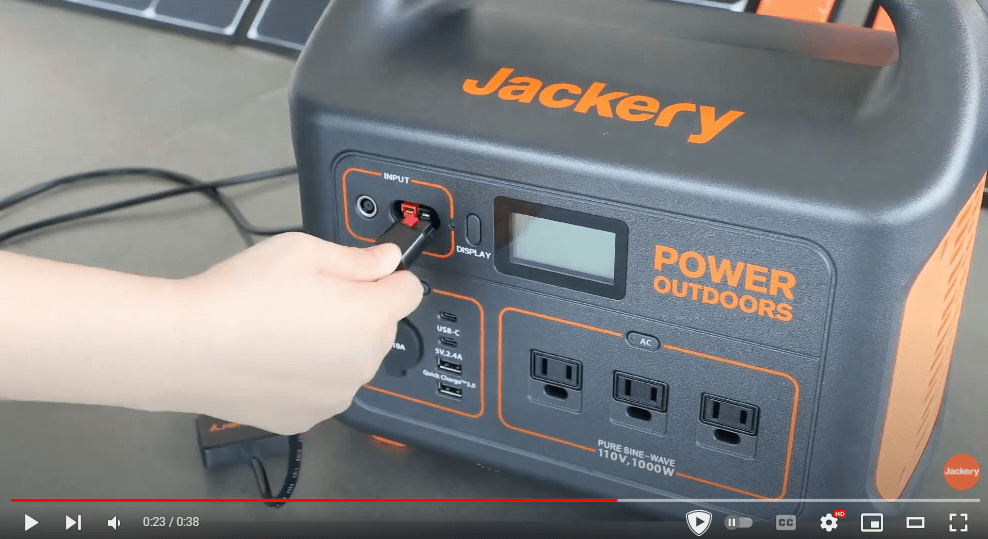
Once all the internal and external components have been mounted and wired, you can pat yourself on the back because your job will be 99 percent done. As a responsible DIY enthusiast, you must test your setup before considering yourself finished. Various components will need to be tested individually. Your first step will be bringing your generator into a sunny spot. Test each of the following:
- Charging function:Plug in the solar panels to the trailer sockets and check the display to see whether the panels absorb light energy from the sun. After this, plug in an AC extension and see if the maintainer is also holding a good charge function.
- DC Circuit: Check this by turning the pod switch on and plugging in a USB device such as a laptop or phone to see whether they are being charged correctly.
- GFCI AC Circuit:Make a quick check to see that the reset and power indicator lights for the GFCI sockets are on, then try out any appliance using 120 volts on it to see if it works.
- Inverter Remote Switch: Try and turn the inverter on and off using the remote and check for confirmation on the unit's display.
As you test your complete project, keep yourself safe by not touching any exposed wiring directly once the power is turned on and keeping your safety boots and goggles on.
Conclusion
Aside from the advantages we've covered in this post, one of the great things about assembling a DIY solar generator kit is that you can get better performance with them than you can with store-bought assemblies. You can customize them to fit your needs perfectly, and they will last for decades at a fraction of the cost you would pay for other types of energy generation.
If you choose to build your generator kit, follow the instructions outlined here and keep yourself at all times. For the best solar generator kit components and accessories, check out Jackery's SolarSaga range of products for the best deals.
Disclaimer:
The runtime mentioned for appliances powered by Jackery is for reference only. Actual runtime may vary under different conditions. Please refer to real-world performance for accurate results.






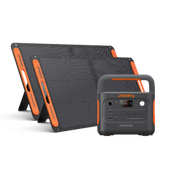


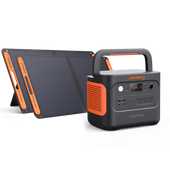

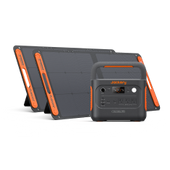
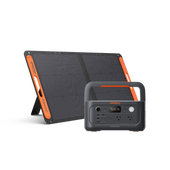
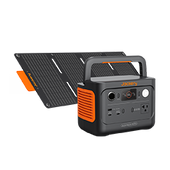
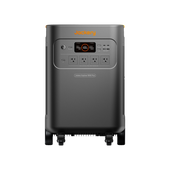
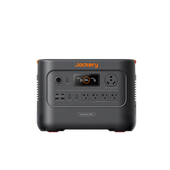
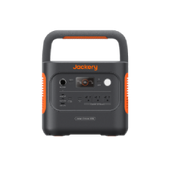
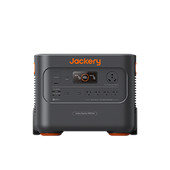
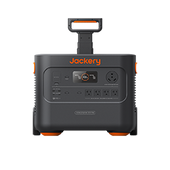

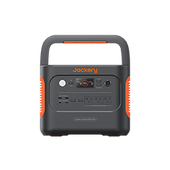
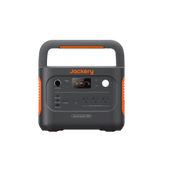
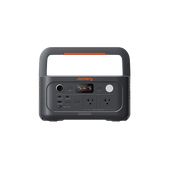

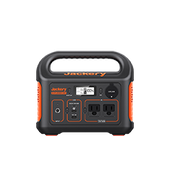
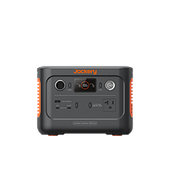
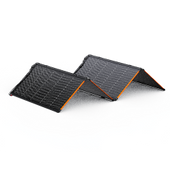
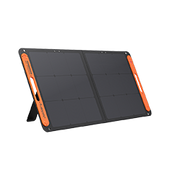

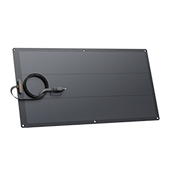
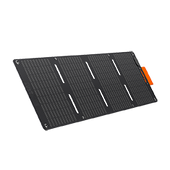
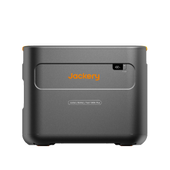
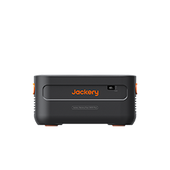
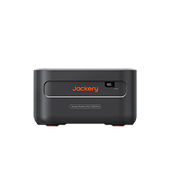
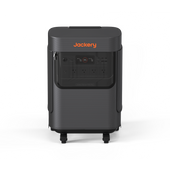
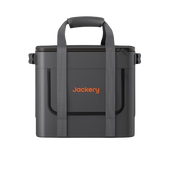
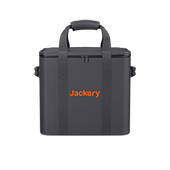
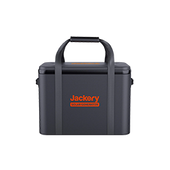
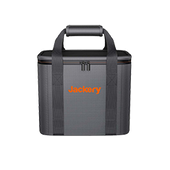
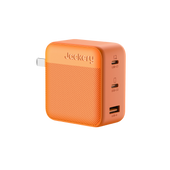
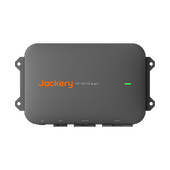
![[Add-on] Jackery Manual Transfer Switch for Explorer 5000 Plus](http://ca.jackery.com/cdn/shop/files/add-on-jackery-manual-transfer-switch-for-5000-plus-240V.webp?v=1757043692&width=170)
